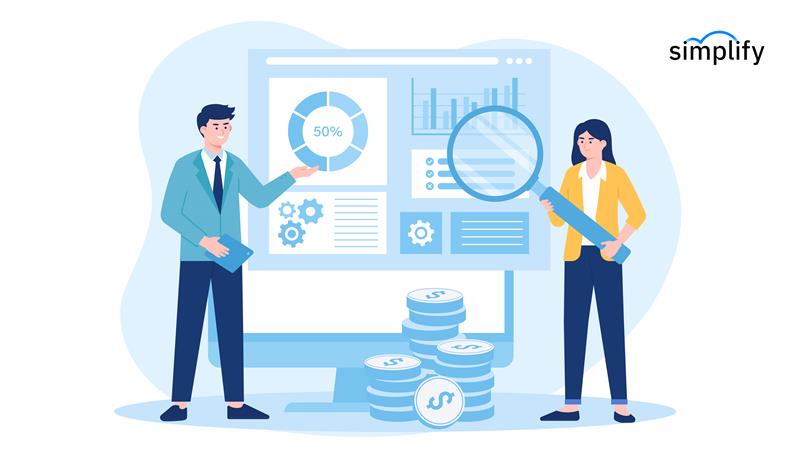
As workforce models evolve, businesses are turning to smarter technologies to manage their extended teams. The demand for contingent workers, contract professionals, and remote talent has surged—but with it comes complexity in vendor management, compliance, and sourcing.
To keep pace, organizations are investing in VMS software, adopting vendor risk management systems, and embracing direct sourcing recruitment strategies. This integrated approach not only improves operational efficiency but also strengthens workforce agility and risk mitigation.
What Is VMS Software and Why Does It Matter?
A Vendor Management System (VMS) is a software platform designed to centralize and automate the hiring and management of third-party workforce providers. From job requisition to invoicing, VMS software ensures companies can manage multiple staffing vendors, track performance, and streamline procurement processes—all while staying compliant.
Top advantages of VMS software include:
-
End-to-end visibility of contingent worker programs
-
Standardized vendor onboarding and workflows
-
Cost control through rate card management
-
Integration with HRIS and financial systems
-
Compliance enforcement and audit readiness
For enterprises managing hundreds—or even thousands—of non-permanent workers, VMS software is the digital backbone of workforce governance.
Managing Risk with a Vendor Risk Management System
Partnering with third-party vendors comes with inherent risks—from data security breaches to non-compliance and reputational harm. That’s where a vendor risk management system steps in.
This system helps you:
-
Evaluate and score vendors based on predefined risk criteria
-
Monitor contract adherence and performance metrics
-
Track certifications, insurance, and compliance documents
-
Receive automated alerts on red flags or expired documentation
By integrating this functionality within your VMS or aligning both tools, you minimize exposure while maintaining operational continuity. With increasing scrutiny on workforce compliance—especially in highly regulated industries like healthcare, finance, and government—risk management is no longer optional.
The Rise of Direct Sourcing Recruitment
While vendor partnerships remain valuable, companies are shifting towards direct sourcing recruitment—a strategy that involves sourcing talent internally using employer branding, talent pools, and past applicants.
Benefits of direct sourcing include:
-
Faster hiring cycles from pre-qualified candidates
-
Lower agency fees and third-party costs
-
Enhanced employer brand recognition
-
Better cultural fit and long-term engagement
Combined with a VMS, direct sourcing empowers organizations to manage their own recruitment efforts alongside agency pipelines, creating a hybrid model for optimal results.
Modern direct sourcing is often powered by AI tools, talent CRMs, and chatbot-driven engagement, allowing companies to build scalable, tech-enabled sourcing programs.
Creating a Unified Workforce Ecosystem
By combining the power of VMS software, a robust vendor risk management system, and a proactive direct sourcing recruitment strategy, businesses can:
-
Gain control and visibility over external workforce spend
-
Mitigate vendor-related risks across geographies and departments
-
Build flexible, resilient talent pipelines for future growth
-
Align procurement, HR, and legal teams under one system
This trifecta of technology and strategy is redefining how modern organizations approach contingent workforce management—and it’s no longer just a competitive edge, but a necessity.







